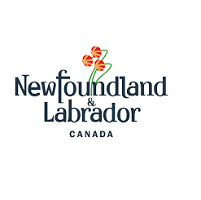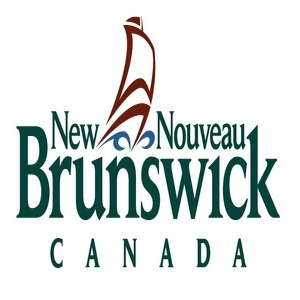zones
Type of resources
Available actions
Topics
Keywords
Contact for the resource
Provided by
Years
Formats
Representation types
Update frequencies
status
Service types
-

Regional Economic Development Board Zone Boundaries of Newfoundland and Labrador. In 2012, the Regional Economic Development Boards were disbanded so this boundary file is intended for administrative and reference purposes.
-

Delineates the administrative units used by the NB Department of Natural Resources and Energy Development (DNRED) to manage populations and harvest of deer, moose, bear and furbearer species. Examples of furbearer species are beaver, muskrat, otter, mink, fox, and raccoon. Wildlife Management Zones were first established by Fish & Wildlife Branch in the early 1990s by combining climate, topography, geology and soils layers to identify unique zones with differences in basic landscape features relevant to wildlife. These were adjusted to boundaries easily recognized by the public. Most boundaries follow roads, rivers, lakes, streams or railroads. Do not confuse Wildlife Management Zones with Wildlife Management Areas and Wildlife Refuges (in the Wildlife Refuge GIS layer).
-
La carte represente les zones de ructicités des plantes au Canada en 2000. Les frontières provinciales s'addresse une échelle de 1:1,000,000. Les zones de ructicités des plantes en 1967 sont aussi disponibles. An english version is also available at http://nlwis-snite1.agr.gc.ca/cgi-bin/ogc/plant00_wms_e?service=wms&request=getcapabilities
-

Fisheries Information Summary System (FISS) layer of Historic (pre 2001) Fish Distribution Zones of BC streams. Includes salmonid rearing and spawning zones. Georeferenced to the stream centreline network layer of the 1:50,000 scale BC Watershed Atlas.
-
La carte represente les zones de ructicités des plantes au Canada en 1967. Les frontières provinciales s'addresse une échelle de 1:1,000,000. Les zones de ructicités des plantes en 2000 sont aussi disponibles. An english version is also available at http://nlwis-snite1.agr.gc.ca/cgi-bin/ogc/plant67_wms_e?service=wms&request=getcapabilities
-

Nova Scotia is divided in 12 deer management zones and deer hunting regulations may vary by zone. When accuracy is needed, consult the official legal wording of the Wildlife Act and its Regulations. Laws are subject to change at any time and are available online. Links to wildlife related acts can be found here: https://novascotia.ca/natr/wildlife/laws/actsregs.asp. For a summary of the hunting and furharvesting regulations in Nova Scotia, see: https://novascotia.ca/natr/hunt/pdf/hunting-and-furharvesting-summary-of-regulations.pdf
-

Forested areas managed to provide severe winter habitat for herds of white tail deer on Crown lands.
-

Flood risk areas display the extent of known historical flood events as well as areas that have a probability of flooding as determined from historical records. The polygon data includes the description of the flood event, the typical causes of the flood and any associated place name keys. The line data indicates the limits of the flood risk mapping information and the 2008 and 2018 flood data. Flood extents for the 2008 and 2018 Lower Saint John River floods are included.
-
Une version en français est disponible à http://atlas.agr.gc.ca/ogc/phz-zrp_wms_fr?service=wms&request=getcapabilities
-

Nova Scotia School Board zones.
 Arctic SDI catalogue
Arctic SDI catalogue